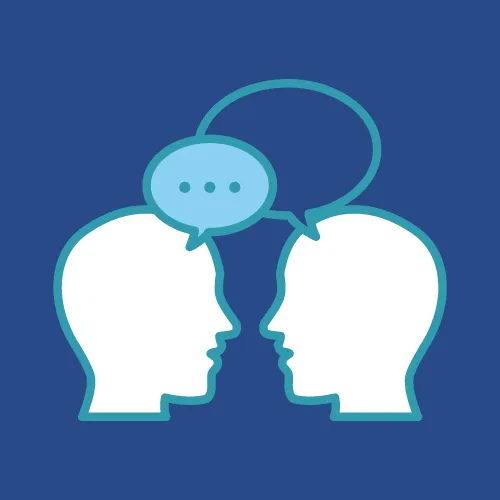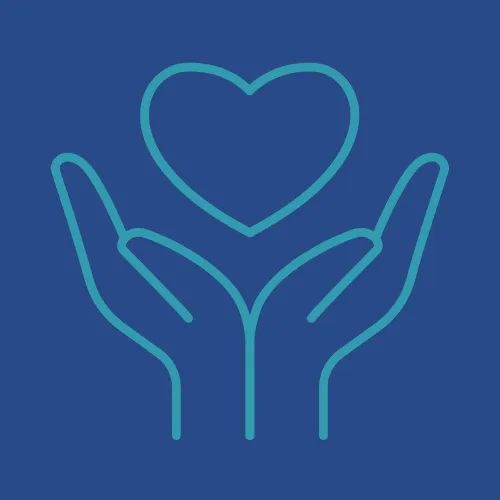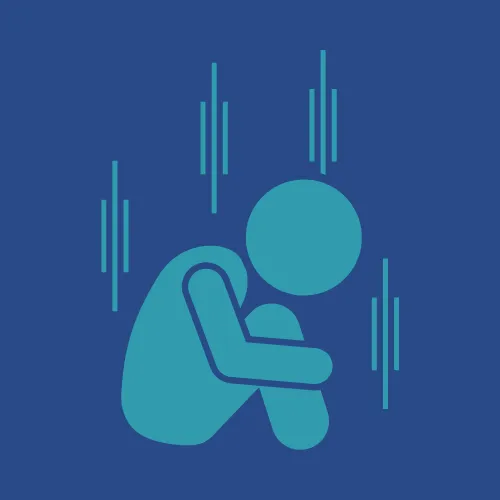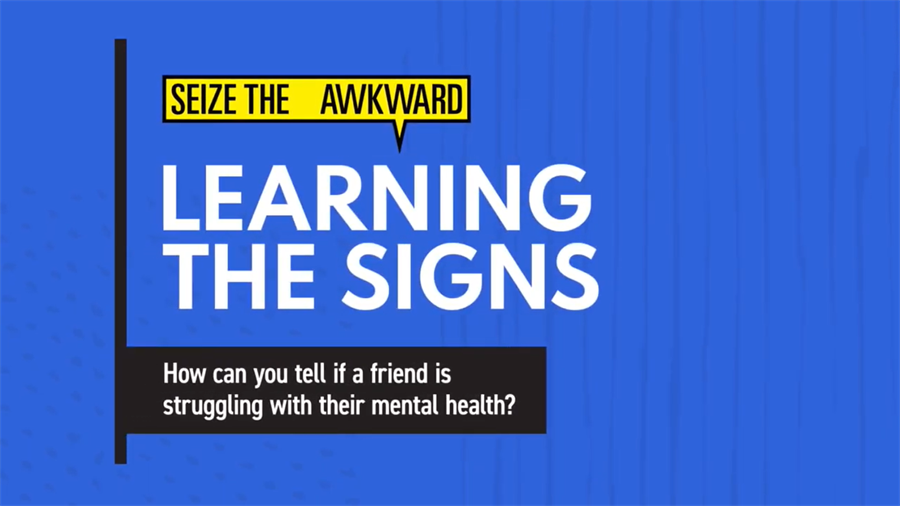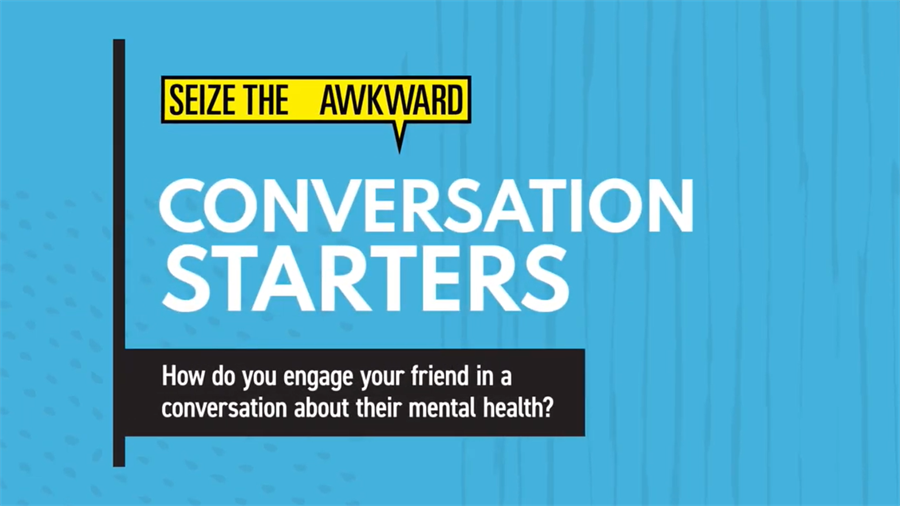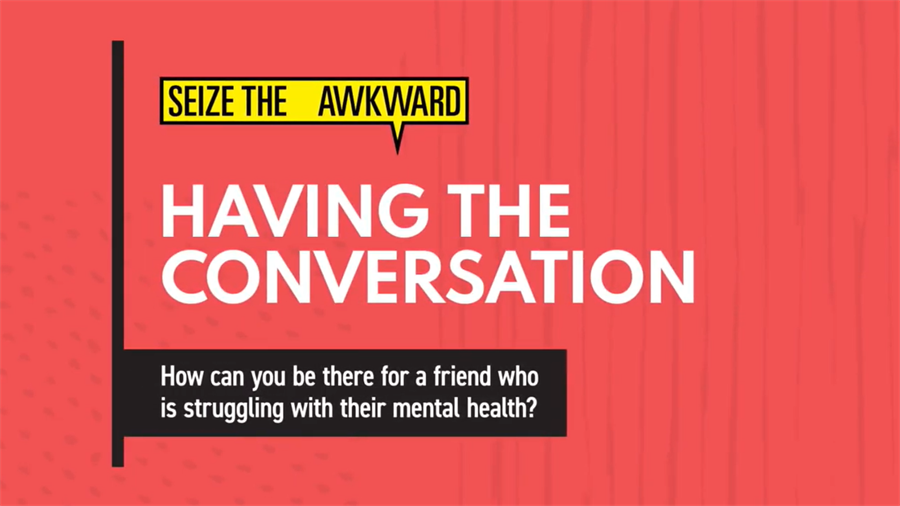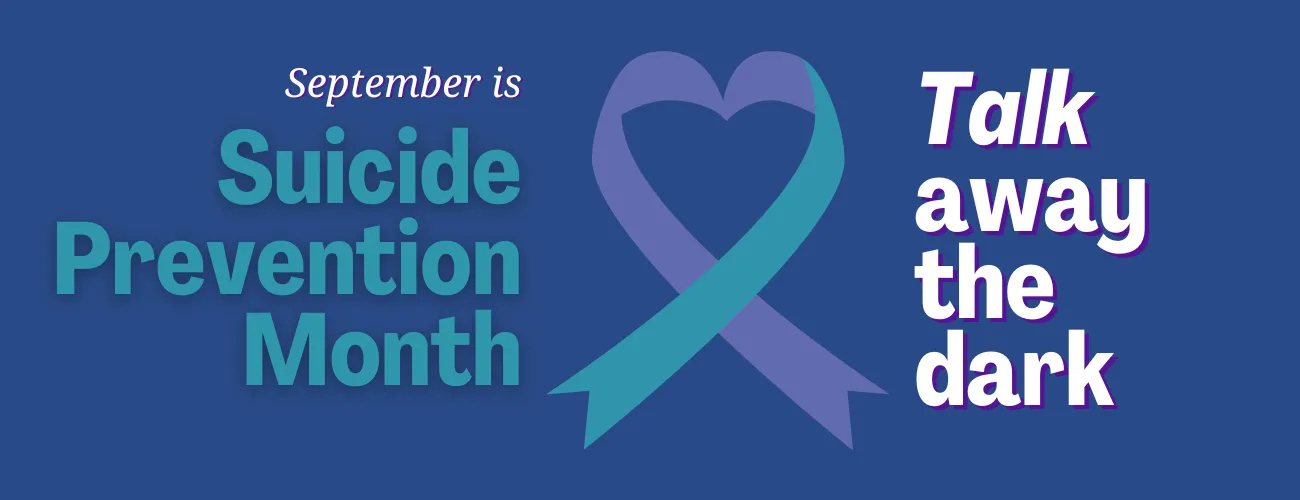
Suicide Prevention
Prince William County Public Schools is committed to prioritizing student mental health wellness. During the month of September, PWCS is partnering with the American Foundation for Suicide Prevention to promote ways to Talk Away the Dark by initiating open conversations about mental health; speaking about ways we can help prevent suicide; showing how to support survivors of suicide loss; and helping light the way for those who feel uncomfortable asking for help.
|
Talk Away the Dark Conversation Starters (provided by the American Foundation for Suicide Prevention) |
|||
|
|
|
|
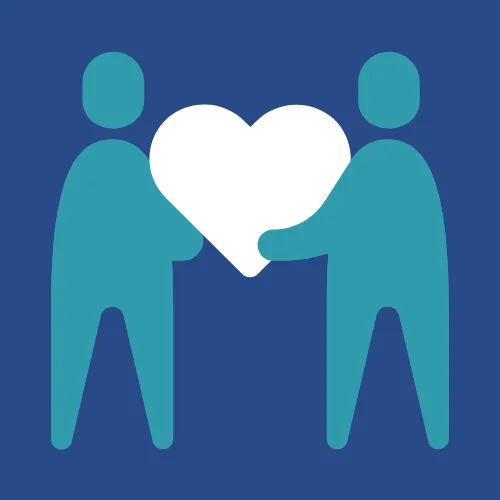 |
|
How to Start (and Continue!) a Conversation about Mental Health |
How to Talk to a Suicide Loss Survivor | ||
|
Talk Away the Dark (YouTube)
|
| The Suicide & Crisis Lifeline: Call or text 988 | The Crisis Text Line: Text HOME to 741741 |
| Learn more about the Lifeline & 988 | Learn more about the Crisis Text Line & 741741 |
Individual Impact
- 79% of all people who die by suicide are male.
- Although more women than men attempt suicide, men are 4x more likely to die by suicide.
- Suicide is the 2nd leading cause of death among people aged 10–14 and the 3rd leading cause of death among people aged 15-24 in the U.S.
- Suicide is the 12th leading cause of death overall in the U.S.
- 46% of people who die by suicide had a diagnosed mental health condition - but research shows that 90% may have experienced symptoms of a mental health condition.
Community Impact
- Annual prevalence of serious thoughts of suicide, by U.S. demographic group:
- The highest rates of suicide in the U.S. are among American Indian/Alaska Natives followed by non-Hispanic whites.
- Lesbian, gay and bisexual youth are nearly 4x more likely to attempt suicide than straight youth.
- Transgender adults are nearly 9x more likely to attempt suicide than the general population.
- Suicide is the leading cause of death for people held in local jails.
Retrieved from (NAMI). Data from CDC, NIMH and other select sources.
Learning the Signs & Conversation Starters
Parent Resources
Adolescent Connectedness: Youth Connectedness Is an Important Protective Factor for Health and Well-Being - Centers for Disease Control and Prevention (CDC)
What Every Parent Should Know About Preventing Youth Suicide (PDF) - Virginia Department of Health
Teens and Suicide: What Parents Should Know - American Foundation for Suicide Prevention
The Parent Resource Program - The Jason Foundation
How Parents Can Talk to Kids About Suicide - American Foundation for Suicide Prevention (video below)
FACT SHEET - Know the Signs: Recognizing Mental Health Concerns In Kids and Teens (PDF)
Outdoor Light Linked with Teens' Sleep and Mental Health. NIMH.
Supporting Children's Mental Health: Tips for Parents and Educators. National Association of School Psychologists (NASP).
Things You Can Do to Improve Your Child's Mental Health. Verywell Family.
What Every Child Needs for Good Mental Health - Mental Health America (MHA).
What Is Children's Mental Health? Centers for Disease Control and Prevention (CDC).
What to Do if You're Concerned About Your Teen's Mental Health (PDF). The JED Foundation.
Youth Connectedness Is an Important Protective Factor for Health and Well-being. Centers for Disease Control and Prevention (CDC).
Toolkits and Resources for Schools
Electronic Toolkit for Schools - Virginia Department of Health. This website provides schools with printable Recognize. Talk. Act. posters, social media graphics, and additional resources found below:
- Suicide Prevention Tips and Resources for Schools
- Suicide Prevention Year-Round
- Social Media Guidance and Resources
Fostering School Connectedness: Improving Student Health and Academic Achievement
Information for School Districts and School Administrators - Centers for Disease Control and Prevention (CDC)
Introducing Classroom WISE: Well-Being Information and Strategies for Educators
Classroom WISE is a FREE 3-part training package that assists K-12 educators in supporting the mental health of students in the classroom. Developed by the Mental Health Technology Transfer Center (MHTTC) Network in partnership with the National Center for School Mental Health, this package offers evidence-based strategies and skills to engage and support students with mental health concerns in the classroom.
National Alliance on Mental Illness (NAMI)
What Every Teacher Should Know About Preventing Youth Suicide (PDF) - Virginia Department of Health
School Connectedness: Strategies for Increasing Protective Factors Among Youth - Centers for Disease Control and Prevention
Suicide Prevention Resources - Virginia Department of Education
Suicide Prevention Month Ideas for Action (PDF)–Suicide Prevention Resource Center
Preventing Suicide: A Toolkit for High Schools - Youth.gov
Student Resources
Adolescent Connectedness: Youth Connectedness Is an Important Protective Factor for Health and Well-Being - Centers for Disease Control and Prevention (CDC)
What are Friends For? Suicide is not the Answer (PDF) - Virginia Department of Health
Suicide Prevention: If you Know Someone in Crisis - National Institute of Mental Health
Resources: Text, Chat, or DM - Find the Right Words for Any Scenario - Seize the Awkward
The Awkward Silence | Friendship & Mental Health | Ad Council
